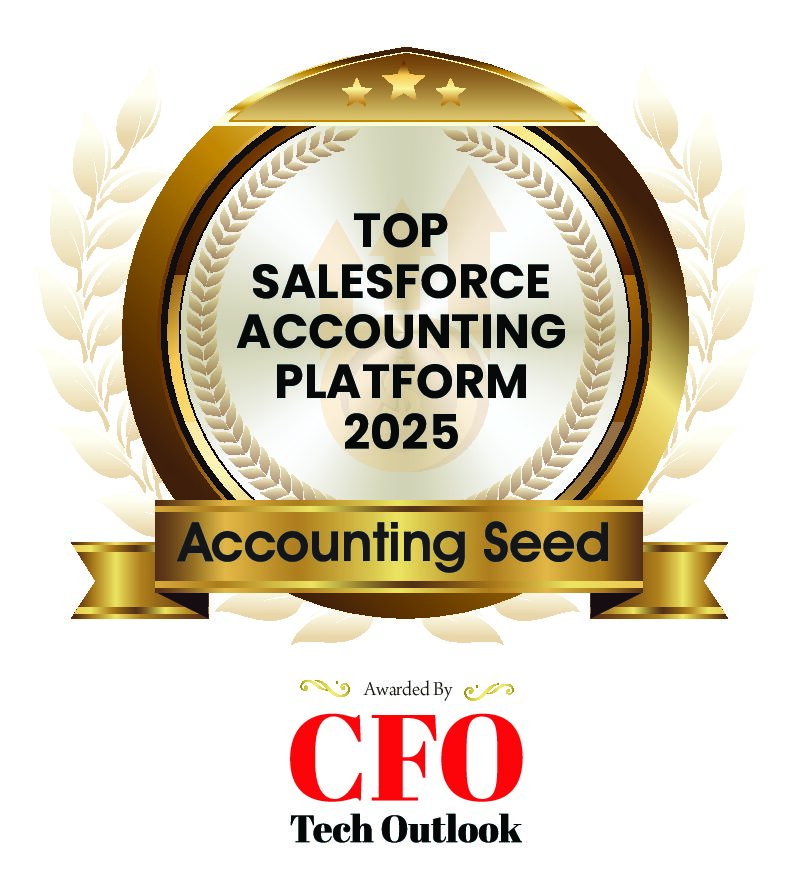
The rise of SaaS, the service economy, and dynamic pricing plans have revolutionized how businesses can recognize revenue. Unfortunately, this also produces confusion and inconsistent work. To create better financial reporting, the Financial Accounting Standards Board (FASB) and International Accounting Standards Board (IASB), developed the ASC 606 / IFRS 15 revenue recognition standards. Meeting ASC 606 / IFRS 15 requires some extra work and specific technology, but this all brings several benefits to your organization.

What is ASC 606 / IFRS 15?
ASC 606 and IFRS 15 refer to the same framework businesses must follow to recognize and document revenue. Before ASC 606, revenue recognition was done purely based on industry to bring consistency to revenue reporting. Currently, not all industries will use ASC 606 due to the legal standards involved. These include organizations in the leasing and insurance industry.
While businesses do tend to vary in how they perform revenue recognition, the accounting principles behind transactions remain consistent. For example, businesses using subscription-based revenue models will recognize revenue the same way no matter what’s being sold. Therefore, the revenue process itself can be completed in the same way throughout industries. Eliminating recognition variations streamlines reporting and gives organizations more value from their data when comparing it to other entities. ASC 606 outlines what must be documented to recognize revenue so that the process can be tracked and reported properly.
The ASC 606 / IFRS 15 Model
ASC 606 relies on a five-step model to conduct revenue recognition. These steps define the contract established with the customer, what the company is providing, and what each party is receiving in the exchange. This defines the scope of the revenue and helps auditors and accountants have the relevant information at a glance. Additionally, this process lends greater accuracy to the accounting because of the level of detail incorporated. Here are the five steps of ASC 606 / IFRS 15 revenue recognition.
- Identify the contract with a customer – The terms and criteria of the exchange with the specific customer, including goods or services, must be clearly defined.
- Identify the performance obligations in the contract – The nature, delivery, timing, and other performance obligations attached to deliverables must be documented and tracked.
- Determine the transaction price – You must determine what establishes the price of the transaction that the contract outlines. The transaction price is the fee that the business collects once services and/or goods are transferred to the customer.
- Allocate the transaction price – This is when the business outlines the allocation of the price amount throughout the contract’s performance obligations – stages of completion.
- Recognize revenue when or as you satisfy a performance obligation – As the company meets defined obligations, revenue is recognized according to the defined sequence of delivery or contract milestones.
The Benefits of ASC 606 / IFRS 15
This may seem complex, but remember that with the right accounting system, these processes can be defined and even automated. These ensure a smooth revenue recognition that doesn’t require added manual labor. So with the ASC 606 / IFRS 15, you actually get a straightforward way to recognize the money your company’s bringing it, which brings several additional benefits.
Opportunities for more automation
As you go forward in allocating prices and establishing the foundations of delivering for customers, you will see areas of the process to automate. With a robust, automation-focused solution like Accounting Seed, you can automate the entire revenue recognition in to meet ASC 606. Instead of making your life more difficult, ASC 606 can help you save time in revenue recognition.
Greater transparency
Whether you’re an enterprise company that must show your financial activities to investors or a private company with many moving parts, ASC 606 helps you be more transparent. Besides being legally obligated to comply with, ASC 606 helps organizations remain clear and accurate in their business handlings. These new details also reassure customers that you are an honest organization, preserving your customer’s trust. This process visibility also helps colleagues view how revenue is performing and identify issues or inaccuracies.
Stronger data collection
With clearer data associated with revenue streams, your revenue recognition is more secure. Having the consolidated data gives you a 360-degree understanding of account behaviors and how you are earning revenue. This information is highly valuable for you and your team to use in constructing stronger strategies to maximize revenue potential.
Revenue Recognition with Accounting Seed
Accounting Seed’s customizable platform gives you all the tools you need to fully automate your revenue recognition and comply with ASC 606 / IFRS 15. Our system expedites the process by helping you recognize patterns, make connections, and classify financial data appropriately, all while liberating your time managing the books. Optimized to give you faster, real-time, and accurate data, Accounting Seed empowers your team to make the decisions to take your company to new heights. Ready to revolutionize your revenue recognition?
See Accounting Seed in action
Get a close-up view of how accounting on Salesforce can eliminate the need for costly integrations—and silos of mismatched information—by sharing the same database as your CRM.



